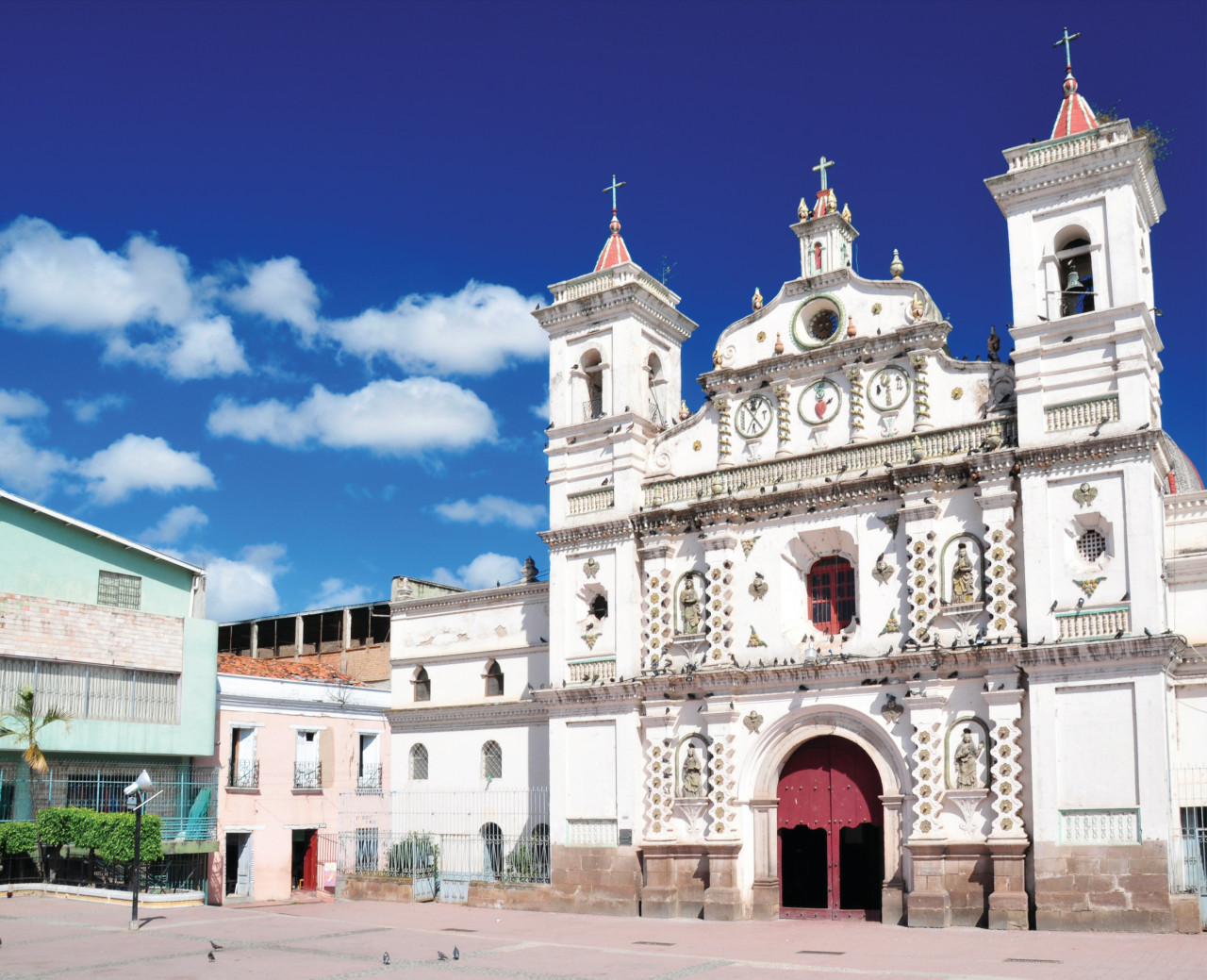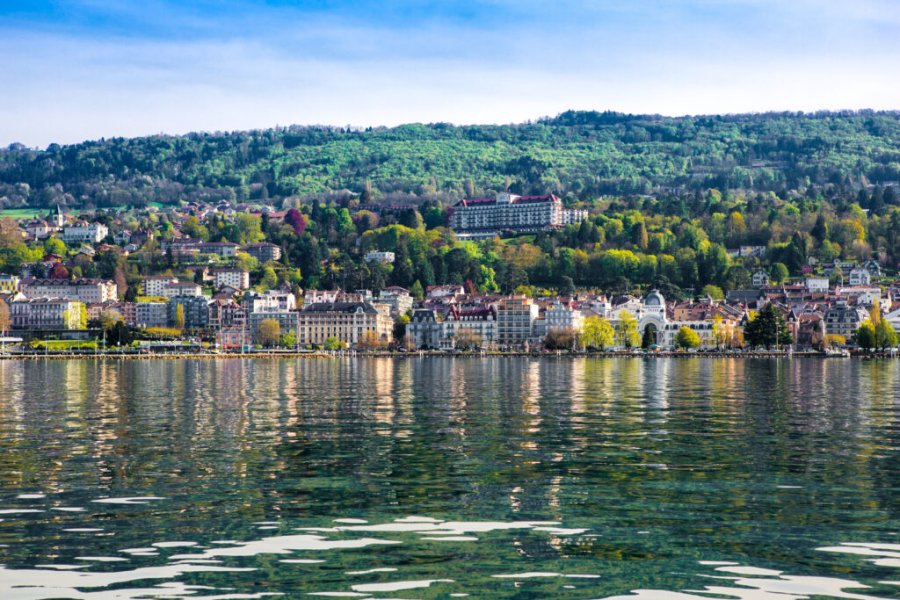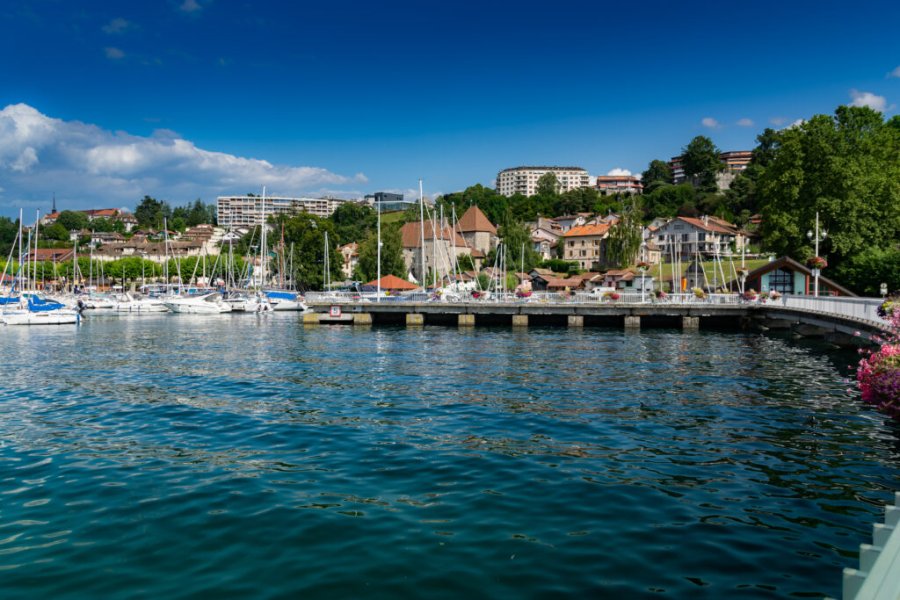A complete tour of Honduras
Highlights of the trip
During your stay you can enjoy the following highlights: Culture / Heritage, Faune and flora, Discovery, Adventure / Sports & Leisure, Free time.
Best times to go
The best time(s) to go is/are : Printemps, Automne, Hiver.
Where to stay in : Tegucigalpa ?
The map of your stay "A complete tour of Honduras"
Detail of the stay : A complete tour of Honduras
How to get there - Tegucigalpa
Arrival at the capital
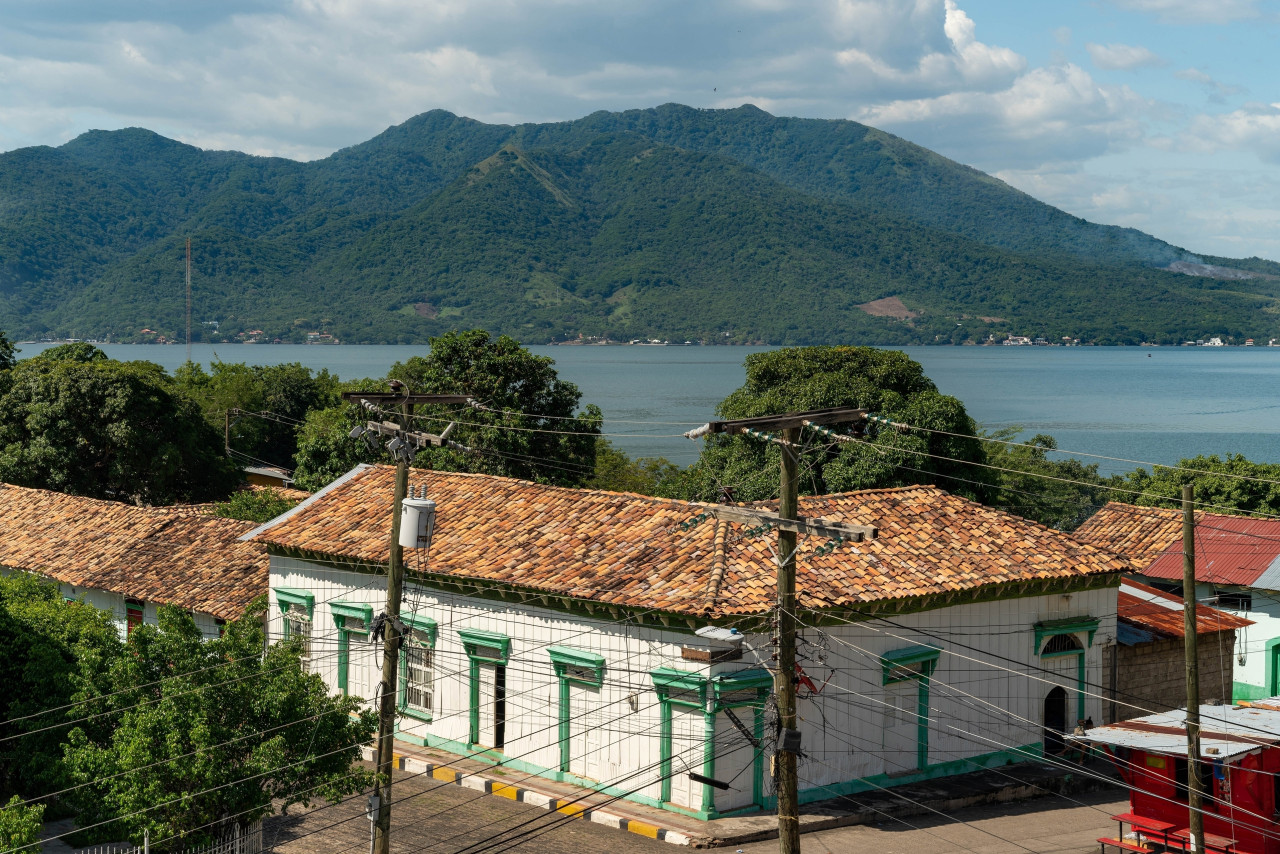
Steps: Isla Del Tigre
Tegucigalpa. Barely arrived, no time dead, go to the Gulf of Fonseca on the peaceful coast. This is the Isla del Tigre ("the island of Tigris"), an adventure land where landscapes evoke images from the world's end, especially the somewhat surrealistic atmosphere of its old port.
On Tiger Island
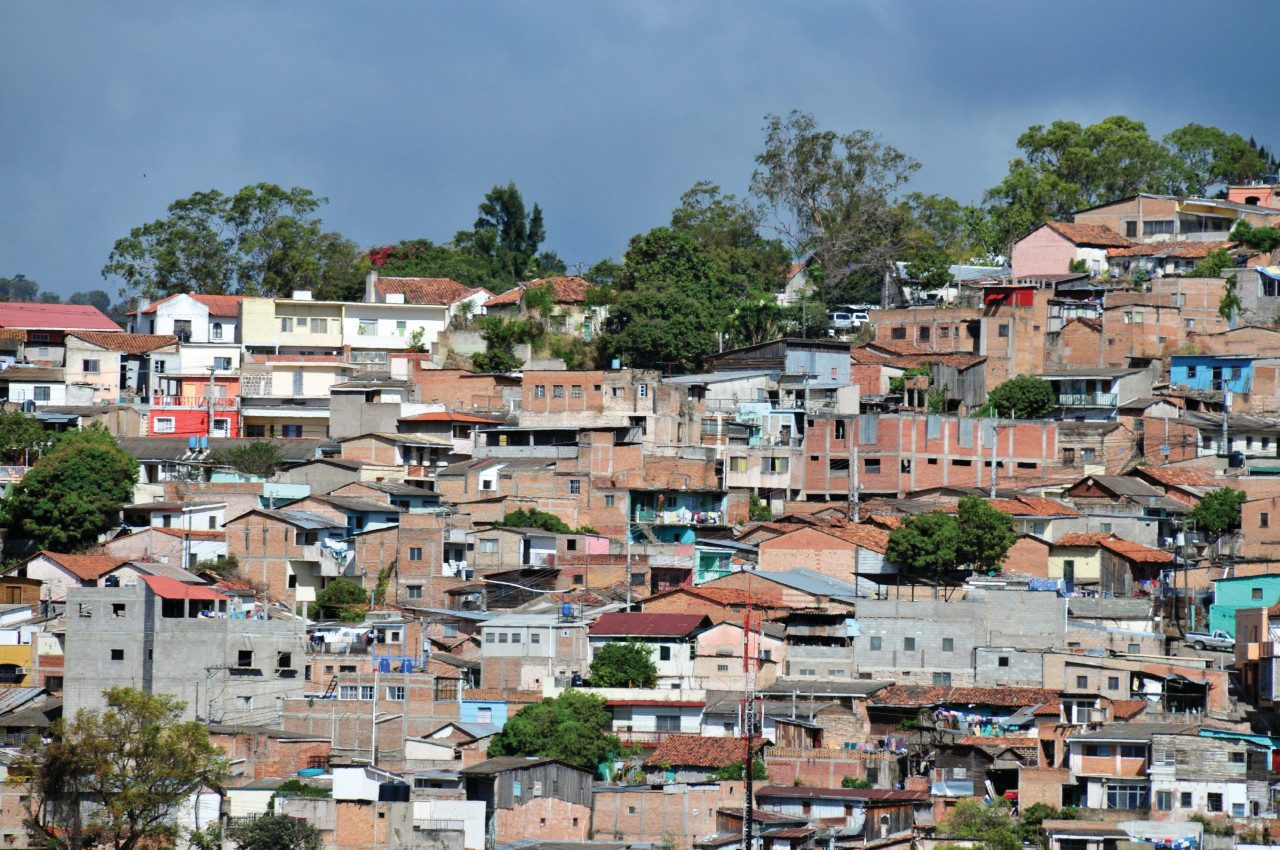
Steps: Isla Del Tigre
Isla del Tigre. Beautiful and quiet island, where you can rest from the time lag to the gentle sound of the waves and enjoy breathtaking sunsets on the ocean. Honduras shares the waters of the Gulf of Fonseca with two neighboring nations: El Salvador and Nicaragua. The location rarely receives international travelers and the population is very welcoming.
Transit by Tegucigalpa
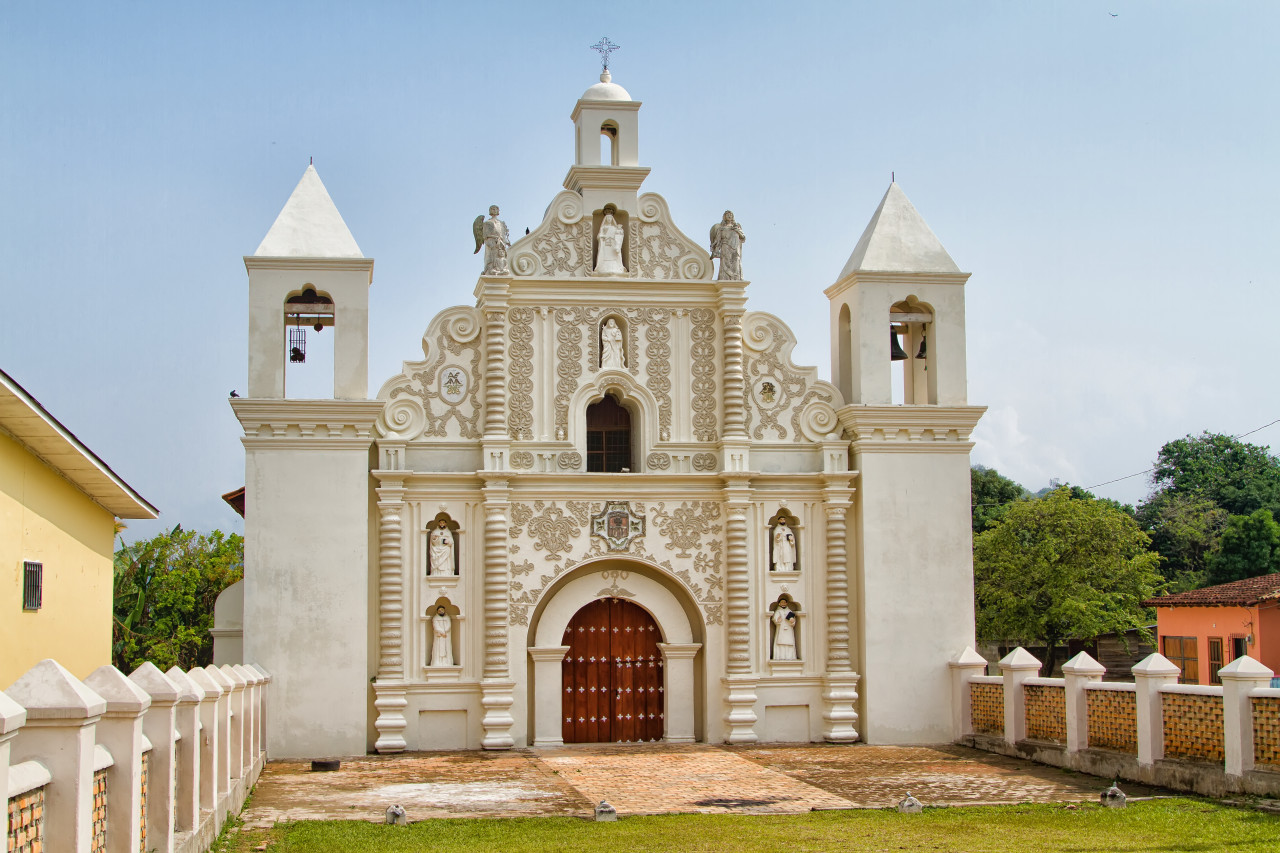
Steps: Tegucigalpa
Tegucigalpa. Return to the capital to spend a night there. Visit the museum for national identity, stroll through its historic center and admire the panoramic view of the city from the Gazebo del Picto del Picacho.
Places of interest : MUSEO PARA LA IDENTIDAD NACIONAL DE HONDURAS
The road washed
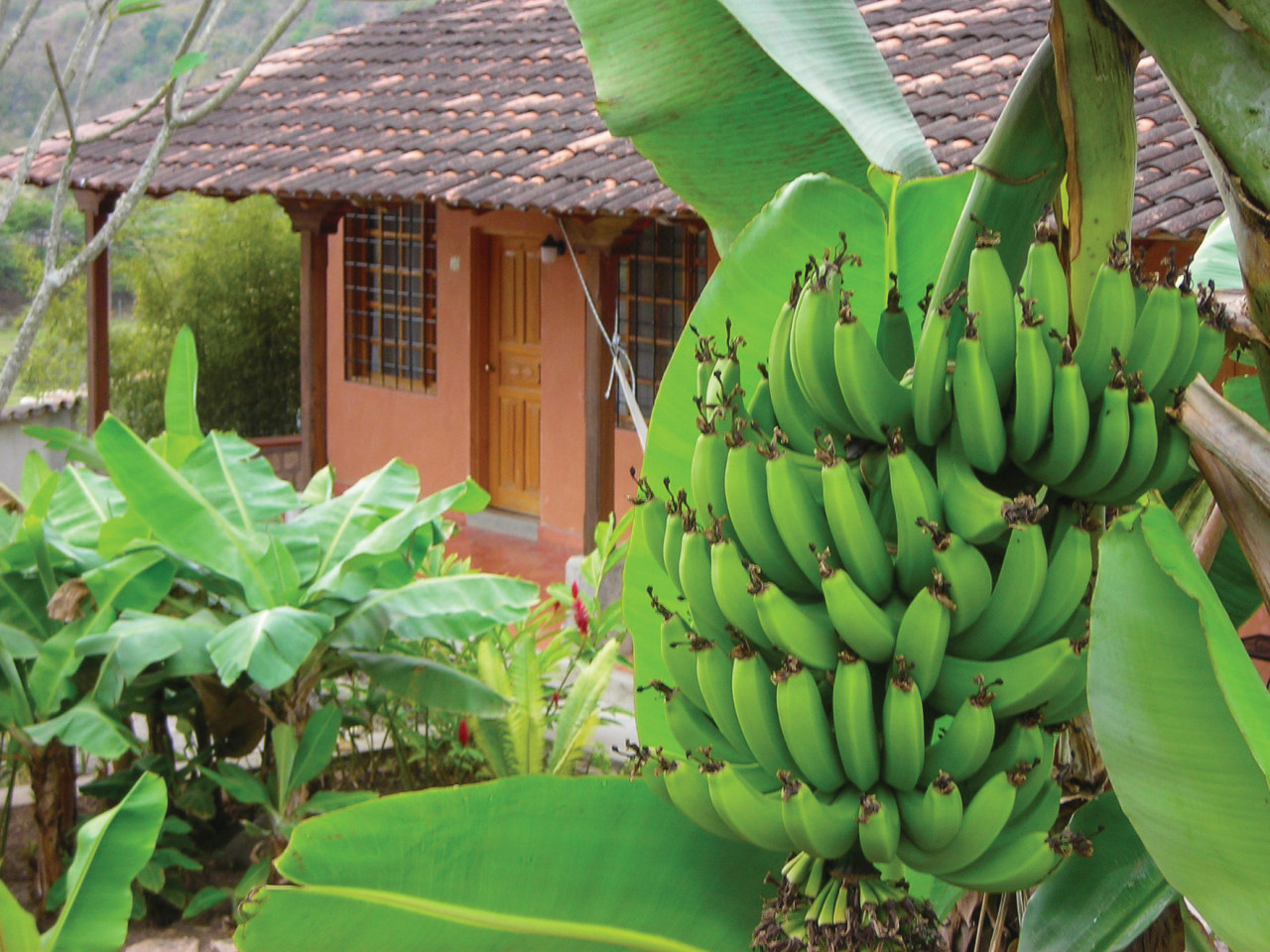
Steps: Gracias
I'm Gracias Lempira. The lencas formed Honduras' main indigenous group before the Spanish conquest, particularly in the western part of the country. Take a bus to this famous "lenca road" crossing many villages where some of their culture still remains. Take 6 hours of travel to cross the country from east to west. You will certainly have to change bus once or twice to arrive at the destination. Spend a night in Gracias Lempira, a pretty little town with colonial architecture on the streets of which you can walk around the evening.
Management Copán Ruinas

Steps: San Pedro Sula
Copán Ruinas. Take a bus for Santa Rosa de Copán, then for San Pedro Sula but stop at La Entrada where you can take a minibus for Copán Ruinas. Take 5 hours of travel. Enjoy the afternoon to visit the Parc des Oiseaux and the evening to wander into the alleys of this charming small colonial town.
On the tracks of the Mayan
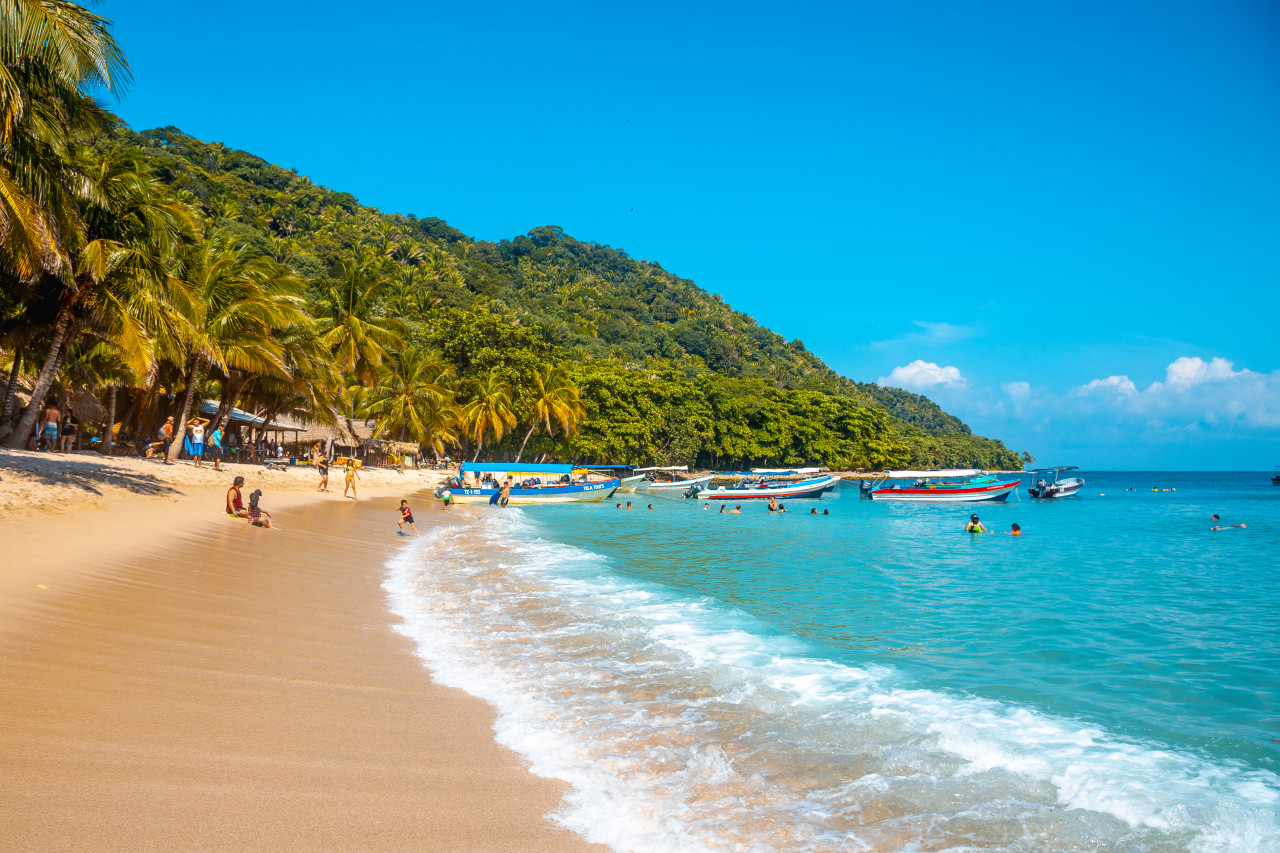
Steps: Gracias
Copán Ruinas. The Mayan ruins of Copán, classified as UNESCO World Heritage, are among the most beautiful archeological sites in Central America. Plan at least half a day to explore them well, preferably accompanied by a guide. Do not rent the beautiful sculpture museum and the real-size replenishment of the Rosalila temple. Many other excursions are also possible: thermal waters, bird park, visit of coffee plantations... If you have time, it is worth spending a few days there.
Direction the Atlantic Coast
Steps: San Pedro Sula
Tela. After a last morning at Copán, heading north to reach Tela (via San Pedro Sula), city on the Atlantic coast (and thus on the edge of the Caribbean Sea), still hardly touched by tourism. You can rest on one of the beautiful beaches around the city.
First stop, Tela
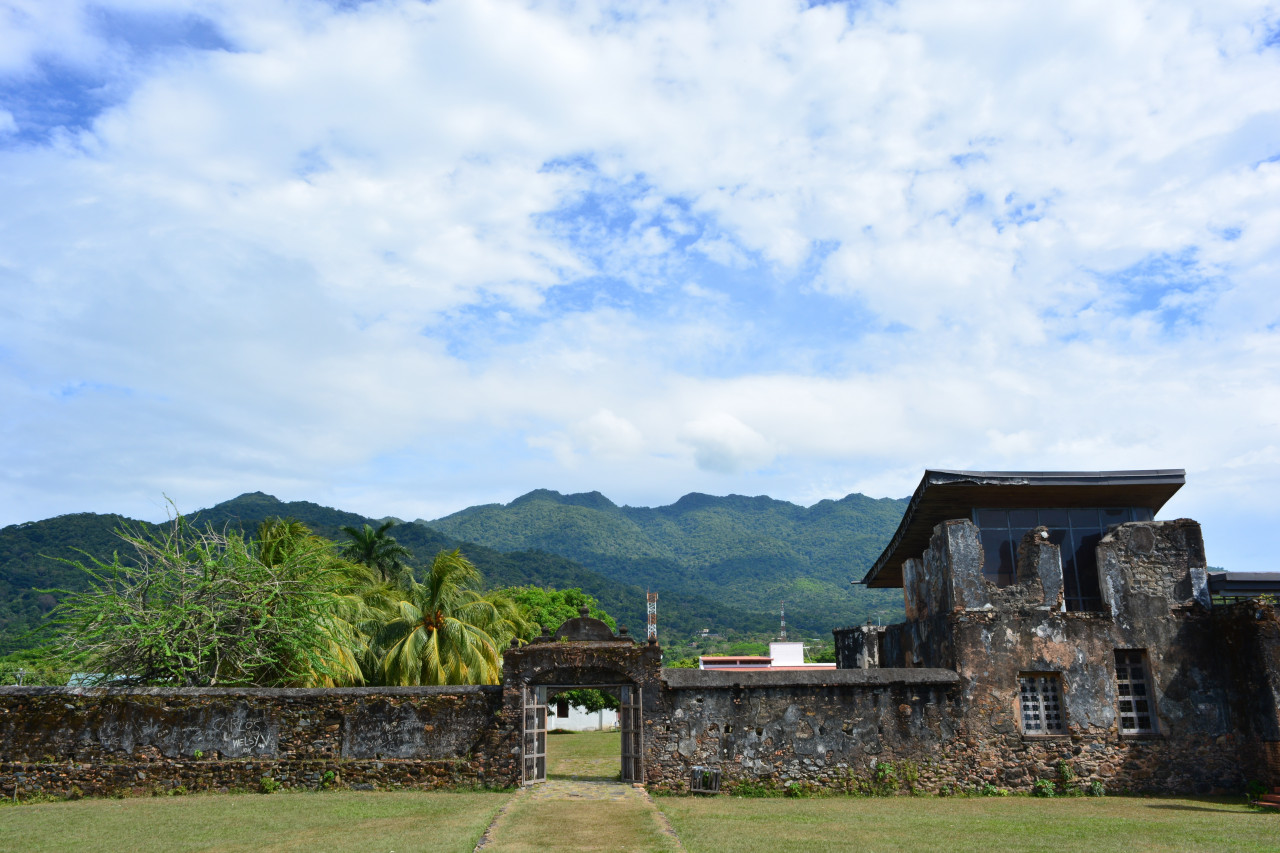
Steps: Tela
Tela. Nature lovers can opt for a boat trip in the morning in the mangroves of the Punta Sal nature reserve, as well as for a walk in the botanical garden of Lancetilla. If you have time, ask to visit and lunch/dinner in a Garifuna village (from the melting between escaped African slaves and indigenous people).
Caribbean ambience
Steps: Isla De Útila
Trujillo. Follow the Caribbean coast to reach Trujillo city. Rest there if necessary and take a boat for Guanaja, the wildest of three islands of the bay. Perfect to dive into the life of its inhabitants, very welcoming. The second option (perhaps simpler, economical and accessible) is to travel to Utila Island (more festive) or Roatan (quieter) to make beautiful dives. Ferries go back almost every day from La Ceiba.
Snorkeling and snorkeling
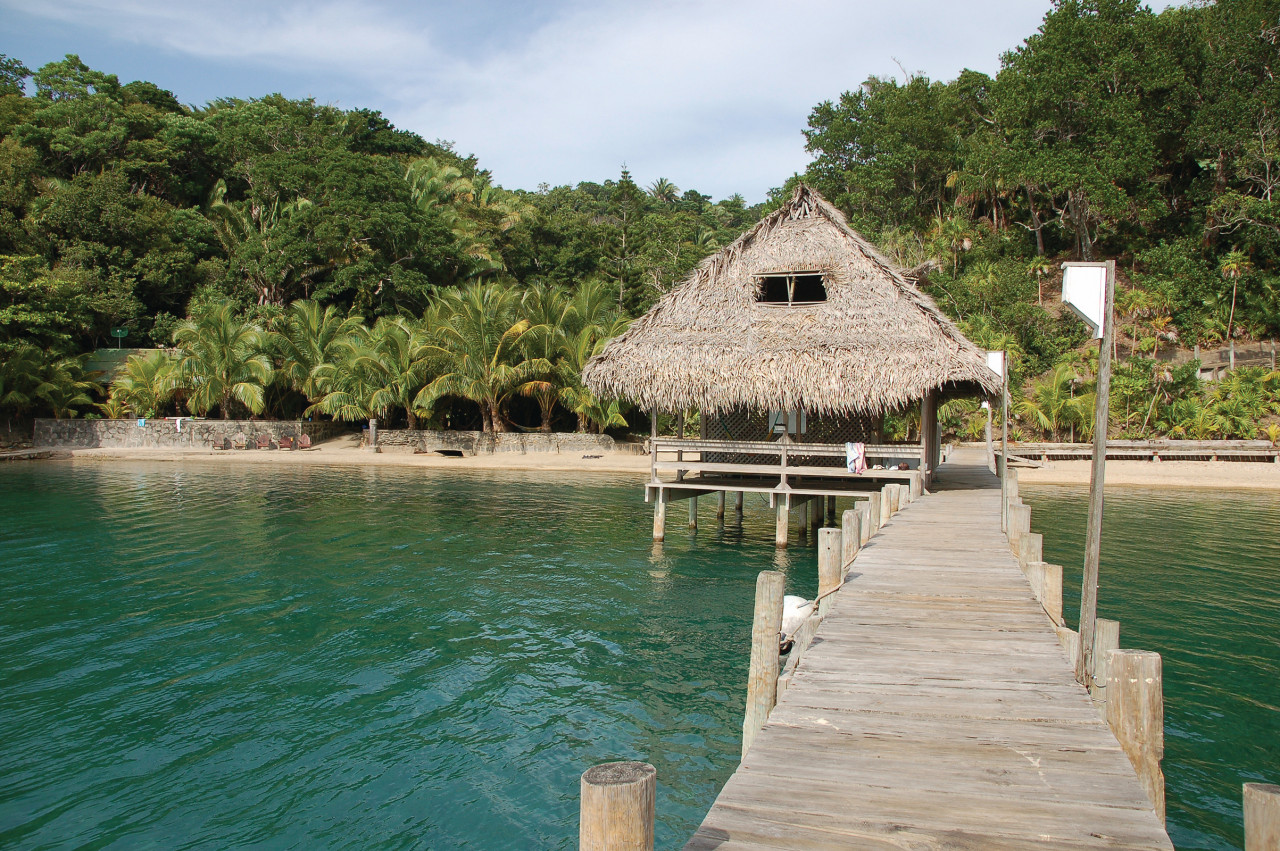
Islas de la Bahia. These three islands (Guanaja, Roatan and Utila) are part of a complex of islands called the Bay Islands. The scuba diving is offered at very affordable prices and the seabed is worth it, enjoy it! Snorkeling is also possible (snorkeling and tuba).
Diving and snorkelling, next
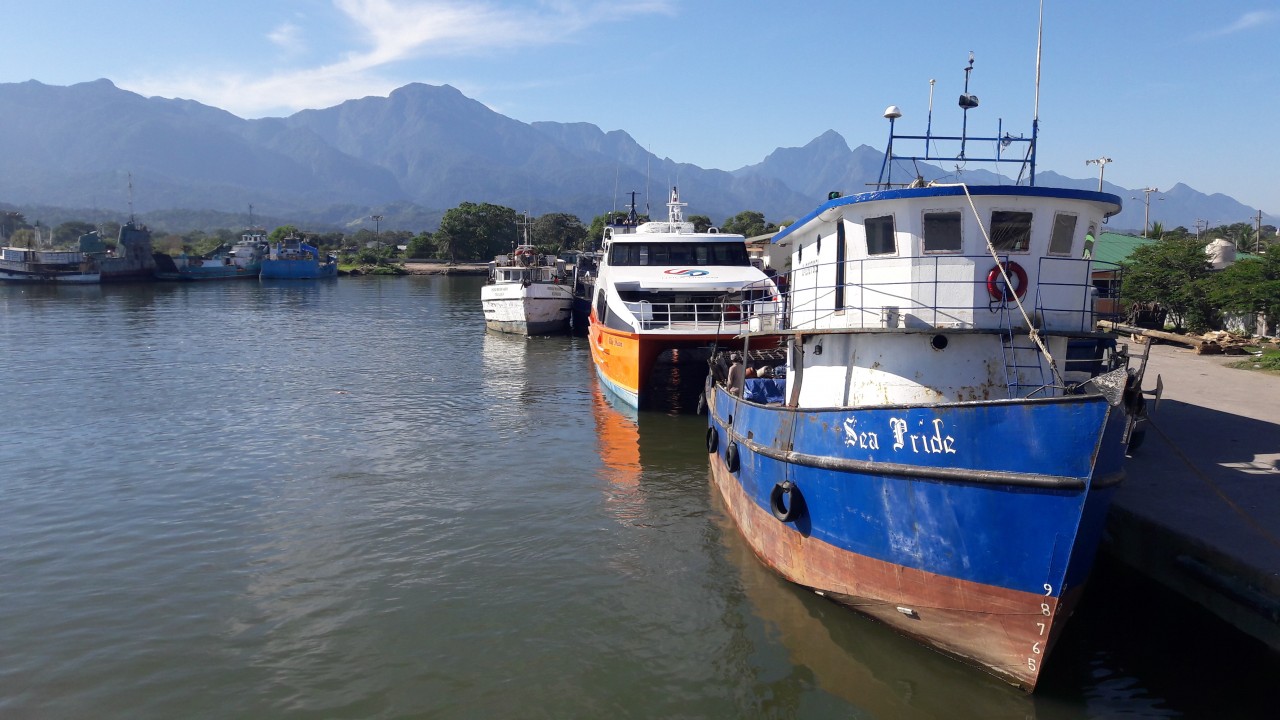
Steps: Cayos Cochinos
Islas de la Bahia. Continue to dive or simply take advantage of the paradise beaches and this so special atmosphere of the Caribbean. We recommend the excursion to the islands of the Cayos Cochinos for a more complete change.
Back to La Ceiba

Steps: Trujillo
The Ceiba. Leave the island to reach La Ceiba (or Trujillo, then La Ceiba). We suggest you stay in one of the lodges on the Rio Cangrejal River (rather than in La Ceiba). There are many eco-tourism excursions and community tourism experiences (Garifunas village, traditional kitchen, artisanal fishing, farm visits and plantations...).
100% nature around the Rio Cangrejal
Steps: Parque Nacional Pico Bonito
The Ceiba. Go rafting or kayaking on the Cangrejal, or visit one of the many natural reserves, including the two national parks Pico Bonito and Cuero y Salado, to observe its rich tropical flora and fauna: birds (including tubs), monkeys, caymans...
Adventure in the Tropical Forest
Steps: La Ceiba
Moskitia. Go for an adventure in the jungle, meet the indigenous peoples, excursions can be organized from La Ceiba, but it is also possible to venture there alone (by taking local guides once on site). Moskitia, and in particular its biosphere of the Rio Platano, is a bit the Central American Amazon. You must provide for at least 5 days. Take advantage of this day in La Ceiba to prepare your trip and make your trip full of energy.
By boat to Raistá
Steps: La Ceiba
Moskitia. Exit from La Ceiba in pick-up to take a boat from Pueblo Nuevo to Raistá, where you will spend the night in a small hostal of a local family.
Introduction to Aboriginal Daily Life
Moskitia. A great adventure awaits you: 7 hours of travel through lagoons, canals and rivers in a small wooden boat to Las Marias. An authentic introduction to the daily life of the inhabitants of the area who are making their living in the agricultural plantations where they work, they live on the coast and work along the inland river in the land.
Climb the river in canoe
Moskitia. You will cross the village of Las Marias to embark on a canoe where rooms are rampant for you for 3 hours against the tide to go up the river to the Walpaulbansirpe petroglyphs. You can bathe in the river before returning to Las Marias at lunch time.
Last day in La
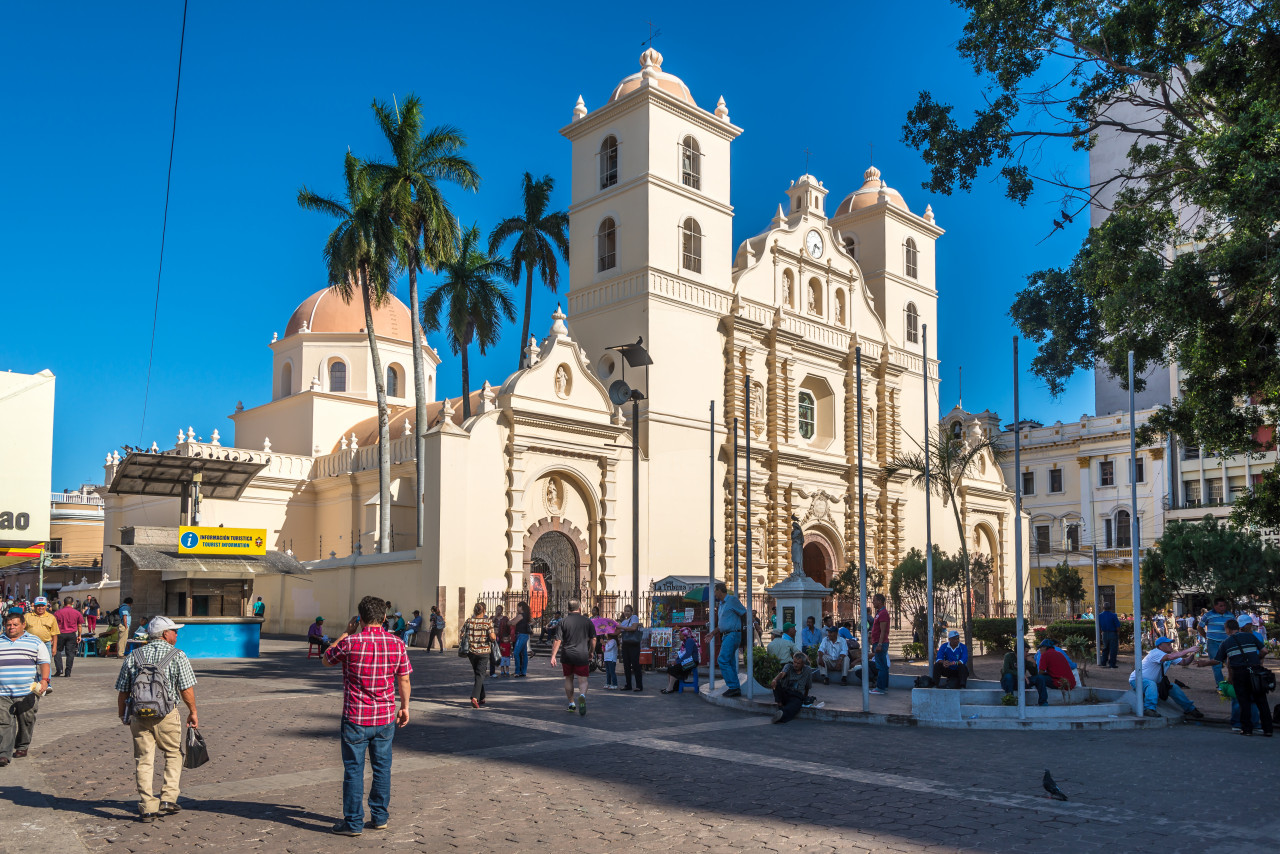
Steps: La Ceiba
. You will then return to Raistá for a final day in the Moskitia on the coast before returning to La Ceiba.
